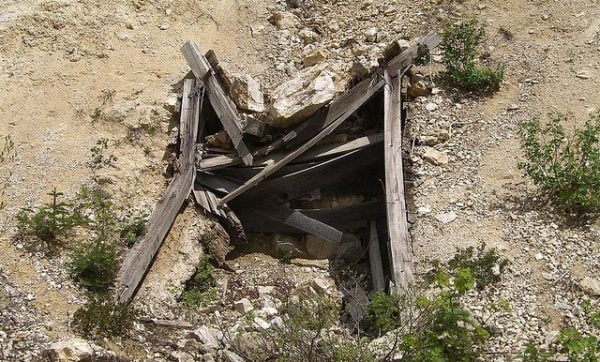Artisanal and Small-Scale mining disasters – What can be done?

Zimbabwe like many other African countries has seen an ever-growing number of artisanal and small-scale (ASM) miners.
By Anderson Magawa
According to the International Labour Organisation (ILO), these provide direct employment for up-to thirteen million people worldwide. However, work in these small-scale mines comes with so many risks to human safety, health and environmental as most in this sector make use of rudimentary methods.
Most of these accidents are a result of flooding, inhalation of gases, rock-falling, explosions, poor mine ventilation, miners re-entering and mining closed off (abandoned) mines and destroying the pillars. Cave-ins have also contributed to these accidents especially with those doing alluvial mining. Some get killed or injured on conveyor belts or on processing machinery. Quite a number have also been electrocuted.
The health of the miners is not spared too. Chronic mercury poisoning often happens as the miners use mercury in the processing of gold. The miners are exposed to a lot of dust which results in silicosis and other lung diseases like tuberculosis.
Artisanal and small-scale mining activities have some serious environmental impacts too which include animal migration, noise, soil erosion and pits which are not rehabilitated after mining activities.
The above shows a serious problem within our society which calls for serious and immediate intervention. I hold a strong understanding that this can be prevented. As a Safety, Health and Environmental Practitioner, I hold to the idea that all accidents, except those that are caused by natural factors, can all be prevented.
It starts with all miners understanding the moral need to protect the safety and health of those who are working for them, those going into the deep earth to extract the minerals for them. A responsible miner must be disturbed in his heart getting another human to work without all necessary safety measures in place. Once the mine owners adopt a positive mindset towards the safety and health of their workers, we will see a significant reduction of these accidents.
At the government level, through the Ministry of Mines and Mining Development, I recommend that it should be a requirement that all mine managers hold at least a certificate in safety, health and environmental management on top of the blasting license.
The formalisation of all artisanal and small-scale mines needs no more emphasis on the reduction of small scale mine-related accidents. One would also note that some of these miners find it difficult to access financial aid without being formalised.
At the small scale mine, the workers must adopt and practice some basic safety practices starting with the basics like a daily safety talk before work starts, an inspection of the work area including shafts, tools, shoring supports, electrical cables are well insulated and no naked cables, check compressors, dewatering pumps etc to see if everything is in good condition.
From the above basics, the small scale miners may then gradually move away from the informal ways and adopt proper safety and health management systems like those designed by AMOSA SAFETY (Pvt) Ltd, a leading safety, health and environmental management consultancy firm in Southern Africa which has also become Zimbabwe’s only accredited by the Ministry of Mines to do such work.
Miners should take cognisance of the legal requirements particularly the Mining (Management and Safety) Regulations (SI 109 of 1990) as well as the Health and Sanitation Regulations (SI 182 of 1995). These provide a lot of provisions in the interest of safety and health not only for small scale mines but every mine in Zimbabwe.
NO-ONE SHOULD MAKE MONEY AT THE EXPENSE OF SOMEONE’S SAFETY AND HEALTH!!!
Article by Anderson Magawa: +263 771 491 365


